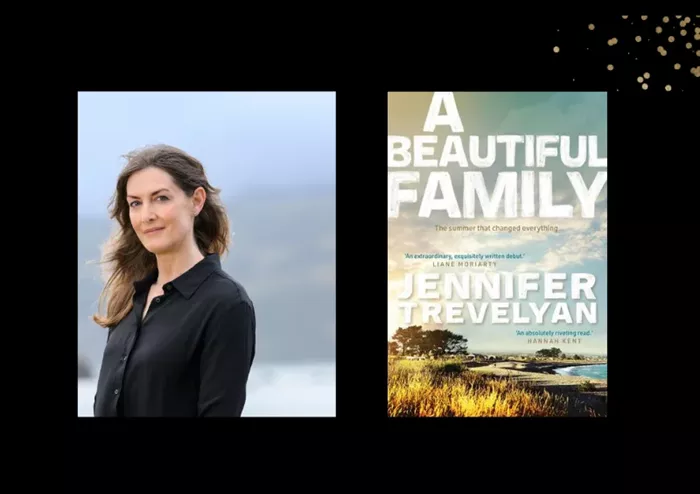In her debut novel A Beautiful Family, Jennifer Trevelyan crafts a richly layered narrative about the quiet rifts within a family, told through the eyes of a perceptive 10-year-old girl in 1980s New Zealand. Set against the backdrop of a family holiday two hours north of Wellington, the novel explores how the seemingly simple bonds of family can be laced with complexity, secrecy, and emotional tension.
At the center of the story is a tight-knit yet distant family: a 15-year-old sister grappling with adolescence, a mother secretly writing a novel, and a father who is both daring and practical. What begins as a summer getaway gradually unfolds into a pivotal chapter in the sisters’ coming-of-age journey.
Trevelyan introduces adult conflicts early on, weaving in threads that involve the parents’ hidden motives and private struggles. These overlapping plotlines propel the novel toward a devastating, yet emotionally satisfying conclusion.
What sets A Beautiful Family apart is its narration. Trevelyan expertly balances the limited understanding of a child with the weighty realities unfolding around her. Through this lens, we glimpse the partial truths, overheard conversations, and moments of tension that children absorb without full comprehension. Names of new friends, enigmatic neighbors, and passing figures are introduced before we ever learn the narrator’s own name—a subtle but effective device that keeps the reader slightly off balance until a key moment later in the book.
The novel touches on several themes—dishonesty, grief, lust, and the complexities of womanhood—without delving into them too deeply, a narrative choice that mirrors the limitations of the child narrator’s worldview. While this may frustrate some readers, it ultimately reinforces the novel’s central tension: the gap between what is seen and what is understood.
As the story builds, the protagonist’s decisions in moments of escalating chaos are driven by a logic rooted in childhood. These moments of impulsive bravery and misjudgment are deftly written, capturing both the vulnerability and strength of youth. By the end, the once-unsure child emerges as a figure of resilience, earning the reader’s admiration.
Trevelyan’s A Beautiful Family is a subtle yet compelling portrait of familial fracture and emotional growth. With elegant prose and a keen sense of pacing, she delivers a debut that invites empathy, stirs suspense, and lingers long after the final page. It’s a novel best read in one sitting—layer by layer, truth by truth.

